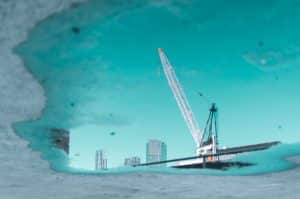National Pollution Release Inventory (NPRI)
The National Pollution Release Inventory (NPRI) is a key tool for identifying and monitoring pollution sources in Canada and can be a starting point for better understanding how pollutants are entering the Canadian environment. It is Canada’s legislated, publicly accessible inventory of pollutant releases (to air, water and land), disposals and transfers for recycling and is a key resource for:
- identifying pollution prevention priorities;
- supporting the assessment and risk management of chemicals, and air quality modelling;
- helping develop targeted regulations for reducing releases of toxic substances and air pollutants;
- encouraging actions to reduce the release of pollutants into the environment; and
- improving public understanding.
 This inventory collects information yearly on facility-based releases to air, water and land as well as disposals and transfers of over 300 substances and substance groups. The data is reported on an annual basis by facilities that meet the National Pollution Release Inventory reporting requirements.
This inventory collects information yearly on facility-based releases to air, water and land as well as disposals and transfers of over 300 substances and substance groups. The data is reported on an annual basis by facilities that meet the National Pollution Release Inventory reporting requirements.
The general NPRI reporting requirements are designed to capture the most significant point-sources and relate to the quantity of the specific substance(s) manufactured, processed, used, or released at the facility during the year; the total number of hours worked by employees at the facility; and/or the type of activities performed at the facility. For more information on these reporting requirements, see the NPRI Reporting Tools and Guidance.
The NPRI makes a significant amount of data available to data users, and this data can be analyzed in a number of ways. For example, it can be analyzed by substance, by facility, by media (air, water, land), by geographic region, by industrial classification code, and/or by type of release to the environment (direct releases, disposals, transfers). NPRI data can also be combined with other data sources, such as monitoring data collected under other programs, to provide a more comprehensive picture of pollution in various areas of the Canadian environment.
There are considerations however, to be taken into account by data users to ensure the data is analyzed, combined and interpreted properly. Our engineering team completes literally dozens every year for our clients, ensuring accuracy of reporting, avoiding assumptions that do not truly reflect what is really happening, and providing consistency among multiple operations of a single client.
